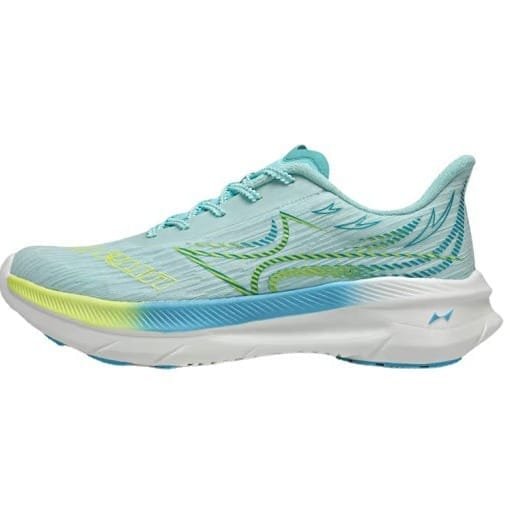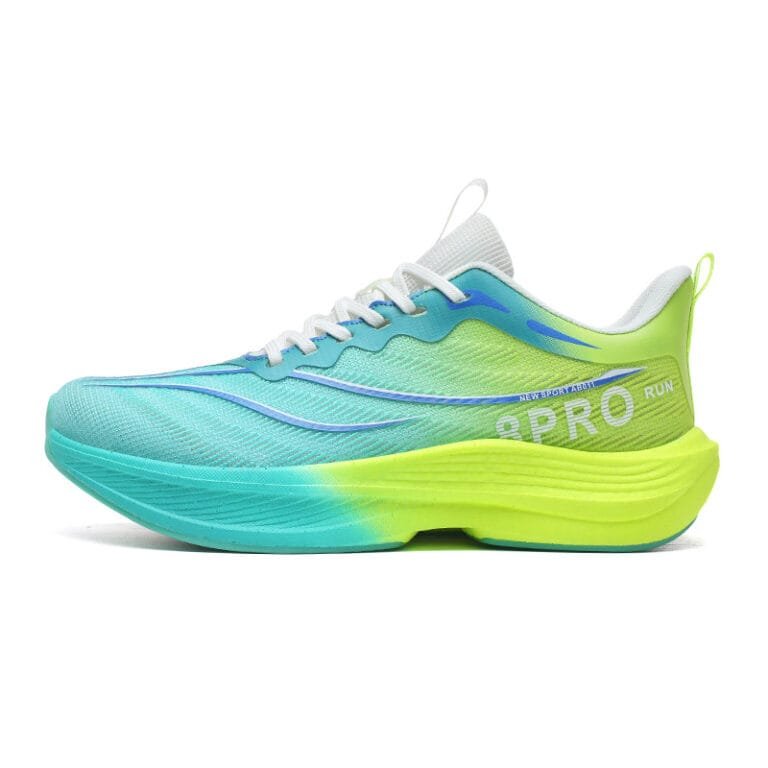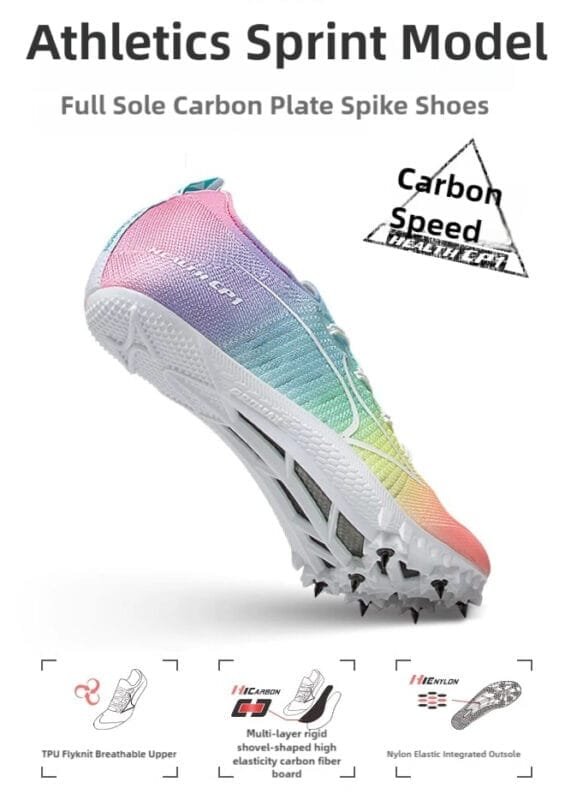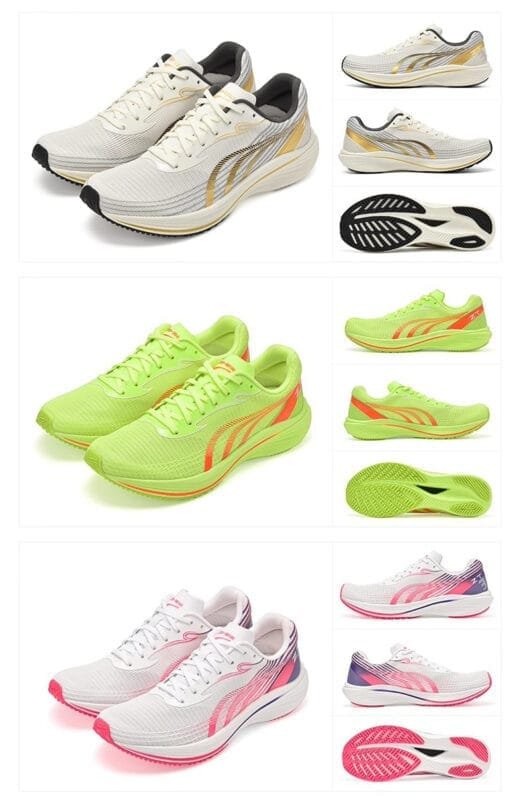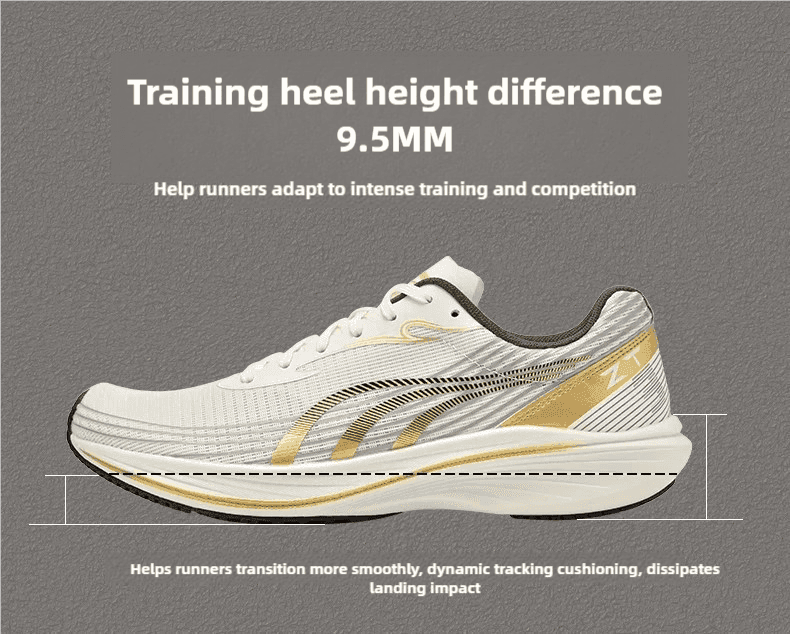Discover the best carbon plate running shoes, racing shoes, marathon shoes, training shoes, and spike shoes to boost your running performance. Learn how each type enhances speed, comfort, and efficiency.
Introduction: Why the Right Running Shoe Matters
Choosing the right running shoes is crucial for performance, comfort, and injury prevention. Whether you are an elite marathoner, a track sprinter, or a casual runner, selecting between carbon plate running shoes, racing shoes, marathon shoes, training shoes, and spike shoes can significantly impact your results. In this guide, we’ll explore the benefits of each shoe type and help you find the perfect fit for your running goals.
- Select options This product has multiple variants. The options may be chosen on the product page
- Select options This product has multiple variants. The options may be chosen on the product page
- Select options This product has multiple variants. The options may be chosen on the product page
$199.00Original price was: $199.00.$119.00Current price is: $119.00.- Select options This product has multiple variants. The options may be chosen on the product page
What Are Carbon Plate Running Shoes?
Carbon plate running shoes are designed with a rigid carbon fiber plate embedded in the midsole. This technology enhances energy return, improving running efficiency and reducing fatigue. Popular among elite runners, these shoes are best suited for races and speed workouts.
Benefits of Carbon Plate Running Shoes:
- Increases propulsion and speed
- Reduces muscle fatigue over long distances
- Improves running efficiency
- Ideal for marathons and competitive races
Racing Shoes: Built for Speed
Racing shoes are ultra-lightweight footwear designed to maximize speed and minimize energy loss. Unlike training shoes, they have minimal cushioning, allowing for a more responsive feel. While they are excellent for competition, they may not be ideal for daily training due to reduced durability.
Key Features of Racing Shoes:
- Feather-light construction for speed
- Minimalist design for a responsive stride
- Often incorporates carbon plates for added propulsion
Marathon Shoes: Combining Comfort and Performance
Marathon shoes are built to provide a balance between cushioning and responsiveness, ensuring comfort over 26.2 miles. Many modern marathon shoes feature carbon plates, making them an excellent choice for both elite and amateur runners.
What to Look for in Marathon Shoes:
- High-energy return with a lightweight build
- Enough cushioning to prevent fatigue
- Breathable materials for long-distance comfort
Training Shoes: Built for Durability
Unlike racing and marathon shoes, training shoes are designed for daily use. They offer enhanced durability, support, and comfort, making them perfect for long training sessions.
Why Training Shoes Are Essential:
- More cushioning for impact absorption
- Greater durability for everyday running
- Supportive structure to reduce injury risk
Spike Shoes: The Choice for Track and Field
Spike shoes are specialized footwear designed for sprinting, middle-distance running, and track events. Their spiked soles provide maximum grip, enabling explosive starts and enhanced speed on the track.
Advantages of Spike Shoes:
- Enhanced traction on track surfaces
- Lightweight build for high-speed performance
- Available in different spike configurations for various distances
How to Choose the Best Running Shoes for You
To choose the right running shoes, consider the following factors:
- Purpose: Are you training, racing, or running marathons?
- Cushioning: Do you need more comfort or a firmer, responsive feel?
- Weight: Lighter shoes enhance speed but may offer less durability.
- Surface: Are you running on the road, track, or trails?
Conclusion: Elevate Your Running with the Right Footwear
Whether you need carbon plate running shoes, racing shoes, marathon shoes, training shoes, or spike shoes, selecting the right footwear can dramatically impact your performance. Consider your running style, goals, and surface before making a choice. With the perfect pair, you’ll achieve greater speed, endurance, and comfort.
FAQs
1. Are carbon plate running shoes worth it?
Yes, carbon plate shoes enhance efficiency and speed, making them ideal for competitive runners.
2. Can I use racing shoes for daily training?
No, racing shoes are designed for speed and may lack durability and comfort for daily use.
3. What’s the difference between marathon and training shoes?
Marathon shoes balance cushioning and speed, while training shoes prioritize durability and support.
4. Are spike shoes only for track events?
Yes, spike shoes are designed for track surfaces and provide optimal grip for sprinting and middle-distance running.
5. How often should I replace my running shoes?
It depends on mileage and wear, but generally, running shoes should be replaced every 300-500 miles.

